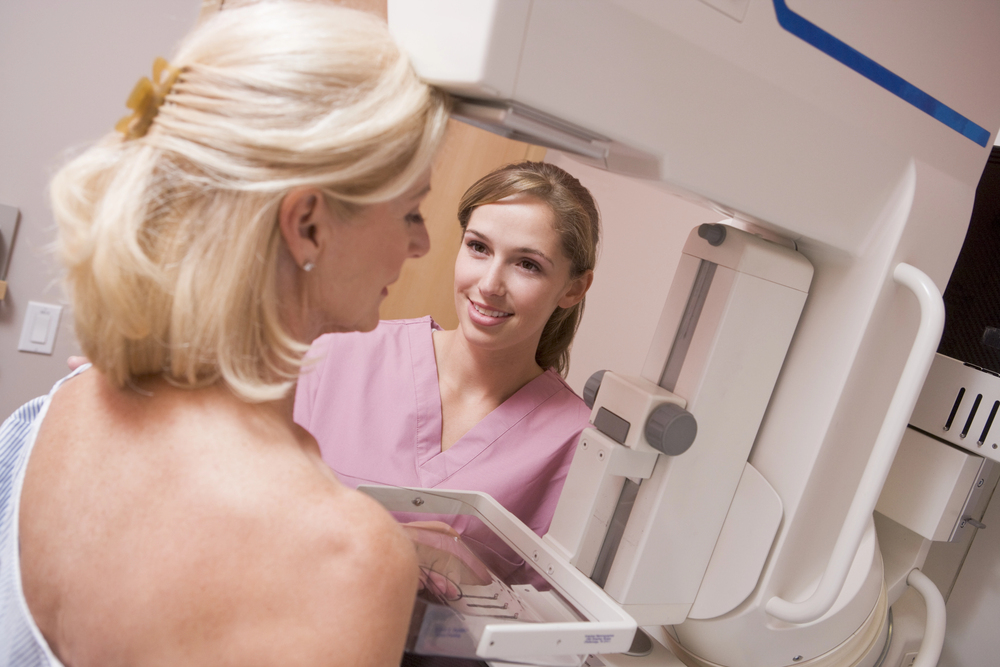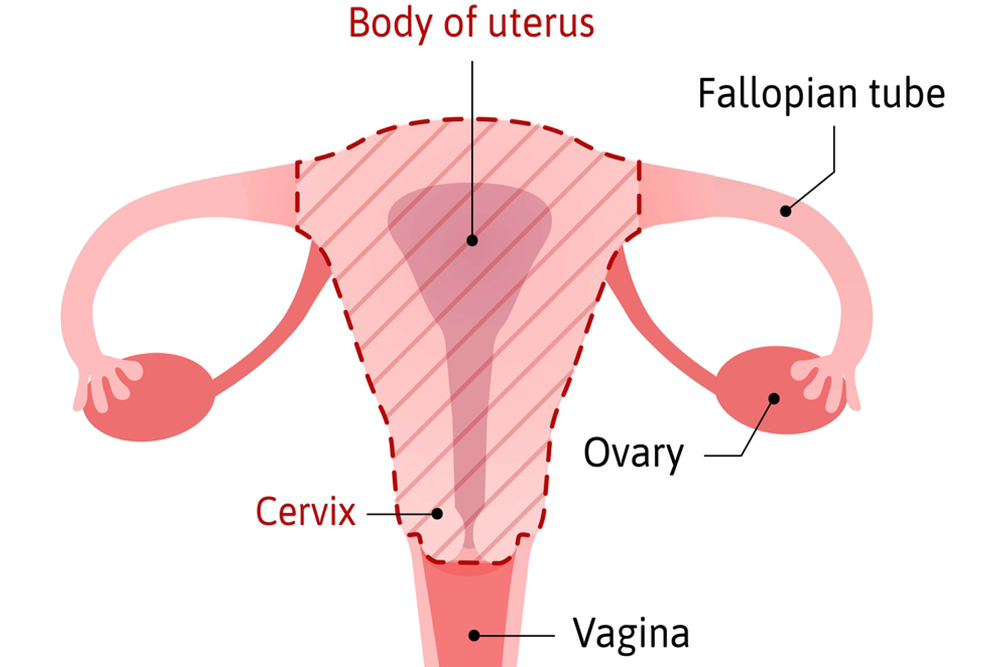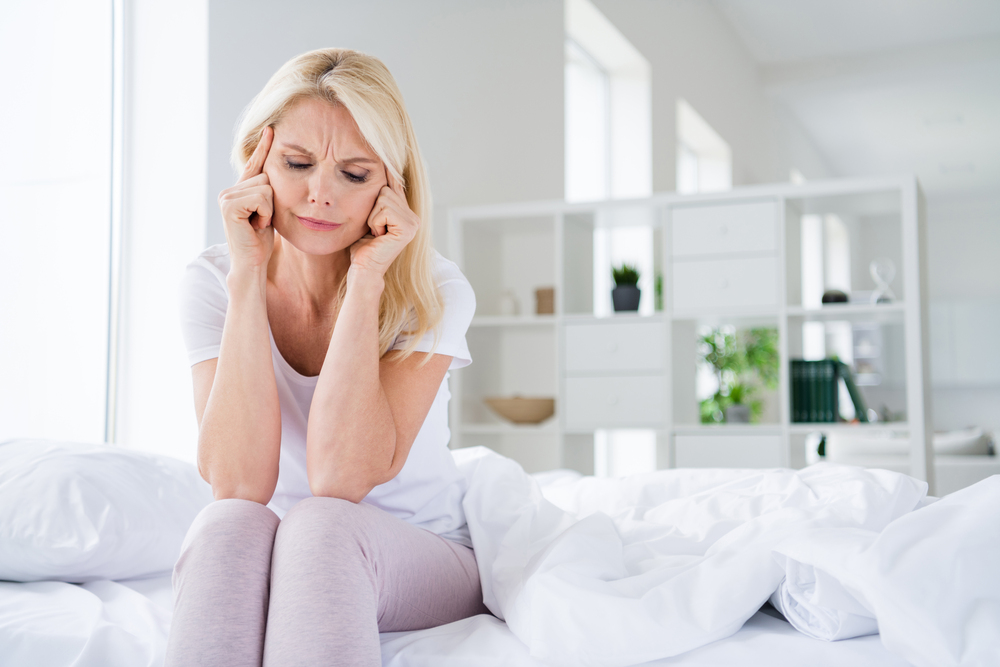
Understanding Your Mammogram Results
Interpreting mammogram results can be an emotional and confusing process for many women. These results...
Read MoreMost women know they’re more prone to osteoporosis (or weak bones) as they get older. But what many don’t realize is just how prevalent it is. According to the National Osteoporosis Foundation, of the 10 million Americans who have osteoporosis (which literally means “porous bones”), 8 million are women. What’s more, about half of all women aged 50 years and older will break a bone as a result of their osteoporosis. Just as startling: A woman’s risk of fracturing her hip is equal to her risks of developing breast cancer, ovarian cancer, and uterine cancer — combined.
There are several factors that can increase your risk of developing osteoporosis. Some risk factors can’t be changed, while others can. For instance, being a woman and being older are the two biggest risk factors for osteoporosis. That’s because women’s bones are thinner to begin with, and they lose bone mass a lot faster after menopause. Plus, bones tend to become thinner and weaker as we age and the bone tissue replacement cycle slows down. Having a small frame (which tends to mean smaller bones) increases your risk, as well. Osteoporosis is also more common among Caucasians and Asians. If you have a family history of osteoporosis or frequent fractures, your risk may also be higher.
Those are risk factors you can’t change. But there are modifiable risk factors, too, and that’s where you can make a difference. Those “changeable” risk factors include:
If you have multiple risk factors, your risk of having weak bones and fractures is even higher.
Now that you know what the risk factors are, you can set your sights on changing the modifiable ones.
Pretty much everyone knows calcium is important for healthy bones, but most adults don’t get nearly enough. How much calcium should you have each day? About 1,200 mg if you’re a woman over 50, and 1,000 mg per day if you’re under 50. For reference, one cup of nonfat milk has about 300 mg of calcium, and a slice of cheddar cheese has about 200 mg. Can’t handle dairy? Almonds, broccoli, kale, sardines, tofu, and canned salmon are all good sources. And to make sure your body absorbs and uses that calcium, you’ll need some vitamin D. Salmon, tuna, eggs, and fortified foods (including lots of cereals) contain good doses of vitamin D, and you can also get vitamin D from sunlight!
Studies show exercise reduces the risk of fractures in postmenopausal women, and it also increases markers of bone density. The best kind of exercise: strength training. And the best part is, you don’t have to lift a lot of weight to get the benefits — just enough to get your muscles contracting. Of course, if you start before menopause, your bones will have a head start.
Smoking makes bones thinner and weaker — and that’s in addition to all the other health problems it causes. As for alcohol, try to limit yourself to no more than one drink per day.
Since some types of medicines can increase your risk of bone loss and osteoporosis, be sure to review all your medicines during your office visit and ask your doctor about their specific risks. Other drugs can actually help improve bone density. If you have osteoporosis, these medicines might be prescribed as part of your treatment plan.
Today’s HRT uses bioidentical hormones so they’re metabolized more efficiently by your body. That means fewer risks and side effects compared with the older generation of hormone replacement drugs.
All these changes are important for maintaining bone strength, but they’re good for your overall health, too (win-win!). One more important thing you can do for healthy, strong bones: Schedule a bone scan at The Women’s Center. A bone scan (also called a DEXA scan) uses a low dose of X-ray energy to measure the amount of calcium that’s in your lumbar spine and your hips, two areas prone to osteoporosis-related fractures. The scan is fast and completely painless, and it’s an important part of diagnosing and managing treatment of osteoporosis.
Don’t wait until osteoporosis sets in. Take steps now to keep your bones healthy and strong. To schedule your DEXA screening at The Women’s Center or to find out ways to prevent bone loss, no matter what your age, book an appointment online today.




Interpreting mammogram results can be an emotional and confusing process for many women. These results...
Read More
Hysterectomy, a surgical procedure involving the removal of the uterus, is often considered a last...
Read More
Menopause marks a significant transition in a woman's life, bringing about various changes that can...
Read More